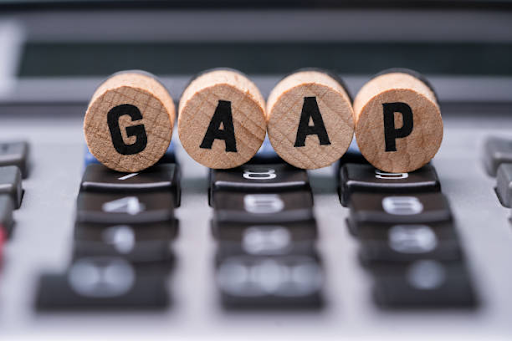
The landscape of financial reporting for nonprofits may be on the brink of a significant transformation, as the Financial Accounting Standards Board (FASB) explores the possibility of extending two Generally Accepted Accounting Principles (GAAP) alternatives, currently exclusive to nonpublic business entities, to nonprofit organizations. This proposal stems from the Private Company Council's (PCC) initiative, aimed at simplifying GAAP application for private companies. The alternatives, initially introduced through ASU 2014-02 and ASU 2014-18, focused on accounting for goodwill and intangible assets in business combinations. While originally restricted to private entities, the FASB is now considering their applicability to nonprofits, potentially enhancing cost-effectiveness and decision-making utility in financial reporting.
Objective and Rationale
The primary objective behind extending these GAAP alternatives to nonprofits is to enhance the overall cost-benefits and decision-making utility associated with accounting for goodwill and intangible assets in the context of business combinations. By incorporating these alternatives, nonprofits may gain flexibility in recognizing fewer intangible assets and simplifying the subsequent accounting treatment for goodwill. This move aligns with the ongoing efforts to refine and tailor accounting standards to the unique characteristics and needs of nonprofit entities.
Key Alternatives in Focus
Amortization of Goodwill:
The first alternative under consideration pertains to the amortization of goodwill after its initial recognition. Traditionally, nonprofits, like other entities, have been required to annually test indefinite-lived goodwill for impairment at the reporting unit level, involving complex calculations and considerations. The proposed alternative introduces a simplified approach, allowing nonprofits to choose to amortize goodwill on a straight-line basis over a period of 10 years or less.
Impairment testing under this alternative would only be triggered if a specific event raises doubts about the recoverability of the carrying value of goodwill. Furthermore, nonprofits would have the flexibility to conduct impairment testing either at the entity level or the reporting unit level. Notably, the impairment test is streamlined, involving a straightforward, one-step process that eliminates the need for calculating the "implied fair value of goodwill."
Incorporating Certain Intangible Assets into Goodwill:
The second alternative focuses on the initial recognition of goodwill and allows nonprofits to absorb specific customer-related intangible assets that cannot be independently sold or licensed, along with all noncompete agreements, into the goodwill figure. However, this option is contingent upon the nonprofit electing to amortize goodwill over a period of 10 years or less.
As of now, this project is in its early stages, and formal feedback is actively being sought from stakeholders to inform the final decision-making process.
Potential Implications and Considerations
If these GAAP alternatives are extended to nonprofits, several implications and considerations may come to the forefront:
Simplified Reporting:
Nonprofits stand to benefit from a more straightforward reporting process, particularly in relation to goodwill and intangible assets. The reduction in complexity could enhance the efficiency of financial reporting, freeing up resources for other mission-critical activities.
Decision-Making Flexibility:
The proposed alternatives provide nonprofits with greater flexibility in decision-making regarding the recognition and treatment of goodwill. This adaptability can be crucial for nonprofits in navigating diverse business combinations and ensuring alignment with their strategic goals.
Cost-Benefit Analysis:
As with any accounting standard change, a comprehensive cost-benefit analysis will be essential. Nonprofits will need to evaluate the potential costs associated with implementing these alternatives against the expected benefits in terms of simplified reporting and improved decision-making.
Stakeholder Feedback:
The active solicitation of stakeholder feedback emphasizes the collaborative nature of standard-setting. The input received from nonprofits, auditors, and other stakeholders will play a pivotal role in shaping the final decision and ensuring that the alternatives meet the diverse needs of the nonprofit sector.
The proposal to extend GAAP alternatives, born out of the PCC's efforts to simplify private company accounting, marks a potential turning point for nonprofit organizations. If implemented, these alternatives could usher in a new era of streamlined financial reporting, providing nonprofits with the tools to navigate the complexities of goodwill and intangible asset accounting more effectively. As the FASB actively gathers feedback and refines its approach, nonprofits should stay engaged in the process, contributing insights that reflect the unique characteristics and challenges of the nonprofit sector. Ultimately, the potential expansion of these GAAP alternatives signifies a commitment to fostering accounting standards that are responsive to the diverse landscape of entities operating for the greater good.